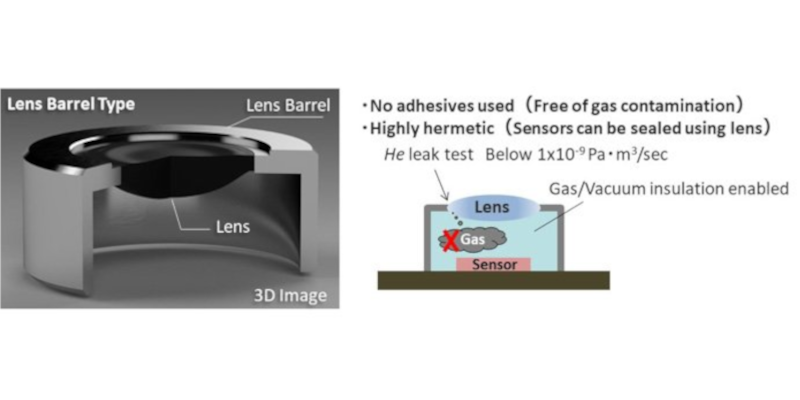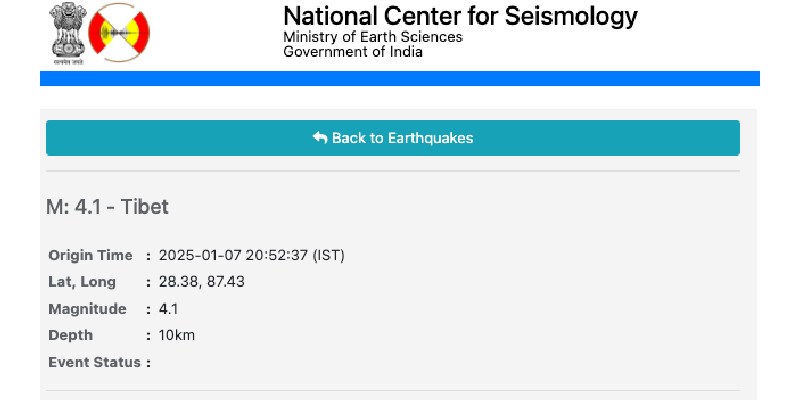Dharamshala, 1st February: Panasonic has introduced a new lens molding process that makes camera lenses less expensive to produce while also improving their reliability and performance. It’s a far-infrared lens molding technique for aspherical far-infrared lenses that uses chalcogenide glass to improve camera and sensor performance. Aspherical and diffractive lenses of various sizes can be produced using novel technology. One of the most important benefits is that it does not require glue, which reduces the risk of gas contamination within the lens, protects the lens edge, and increases the accuracy of lens installation on the barrel.
Panasonic Corporation said that it has discovered a technology for mass-producing far-infrared aspherical lenses that would improve camera and sensor performance. These lenses are made of chalcogenide glass, which has outstanding far-infrared transmission qualities. Panasonic is now able to offer a variety of lenses, including diffractive lenses, the world’s first highly hermetic frame-integrated lens without using adhesive, in addition to realizing low costs (roughly half compared to the company’s conventional method) through the newly developed glass molding method and mold processing technology. Orders for prototypes are now being accepted by the company. The company will contribute to the dissemination and improved performance of far-infrared sensor modules by mass-producing low-cost, high-quality far-infrared aspherical lenses.
In recent years, as public awareness of environmental issues has grown, far-infrared sensors have become increasingly significant in energy management through heat detection and monitoring. The growing demand for autonomous driving technology in the car industry has led to the expansion of such sensors, which can detect faraway people and animals at night when standard visible light cameras can’t. Far-infrared sensors are getting more pixel-rich and lower in price as a result of these circumstances, and the lenses utilized for these sensors are also required to have a higher added value.
Low-cost silicon, on the other hand, which has been widely employed as the lens material for far-infrared sensors, is not ideal for large pixel counts due to its low transmittance, therefore high-transmittance germanium spherical lenses are generally used as the number of pixels increases. The effect of aberration generated by a spherical lens becomes more noticeable as the pixel count increases. To mitigate this effect, a combination of multiple spherical lenses and an aspherical lens will be necessary, resulting in a cost and size increase.
Panasonic has created a new method for the low-cost production of high-performance aspherical lenses suitable for far-infrared optical systems, based on the glass molding technology it developed for the production of visible light aspherical lenses for cameras, to overcome this challenge.
Panasonic will contribute to the improvement of far-infrared module performance by prototyping and mass producing lenses that satisfy the needs of customers that produce and market various far-infrared sensors and cameras using this technology.







Leave a Reply